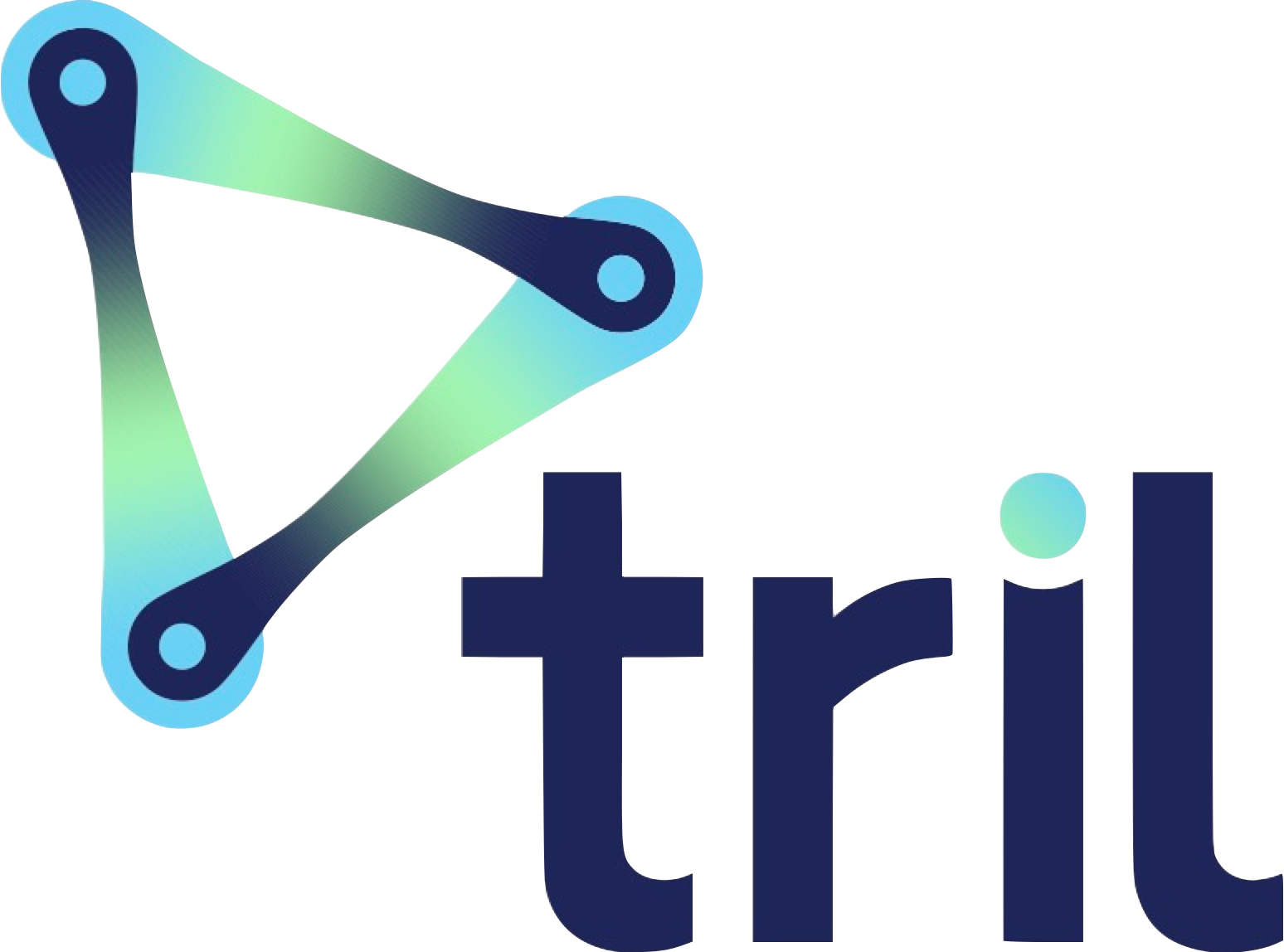History
At the beginning of 2017, a few professors from the Scientific Computing Department at the Federal University of Paraíba launched a startup project focused on implementing solutions for the oil and gas sector (so called Petroleum Engineering Modeling Laboratory – LaMEP). Underpinned by an interdisciplinary background in STEM disciplines, such as mathematics, engineering, and physics, they developed several projects and published relevant state-of-the-art material. With time, they concluded that the group’s strategic planning needed remodeling to be in line with global and local trends. After a long period of discussion, they decided to go for a rebranding. As of 2021, LaMEP became the TRIL Lab.



Focus
We understand that the recent wave of artificial intelligence and data-driven economy brought us into a novel opportunity pool that not replaces the traditional fields of study but adds value to them. The TRIL’s proposal lies on a conceptual triad which is the reason for its name: SEIZE, SHAPE, and SOLVE. This holistic “3S” model intends to deploy a portfolio of solutions for strategic sectors of our economy and society.
Based on research, development, innovation, technology transfer, and people, our most valuable asset, we have the ambition to deliver fit-for-purpose solutions within the range 4 to 6 on the Technological Readiness Level (TRL) scale. That is to say, minimum viable products at the edge of commercial testing.
Our focus is computational science and engineering, and we strive to do the best for our stakeholders. Computational Science and Engineering (CSE) is a knowledge domain that resorts to methods, techniques, and computational resources to study relevant problems emerging from engineering, science, and society, but impossible to be solved only through conventional experimentation. To reach the most of CSE, we take over know-how that encompasses: mathematical methods, fluid dynamics, numerical simulation, high-performance computing, data analysis, machine learning, software prototyping, besides other skills and competencies in related areas.
Mission
“Produce high-quality research at the state-of-the-art of computational engineering, convertible into technological solutions and transferable to external players for the society’s welfare.”
Vision
“To be a reference laboratory in research, development, and innovation in modeling and prototyping high added-value technological solutions within computational engineering scope.”
Values
- Focus on people and professional development
- Intellectual competitiveness of our university
- Expansion of partnership and cooperation portfolio with public and private sector
- Defense of permanent investments in science and technology
